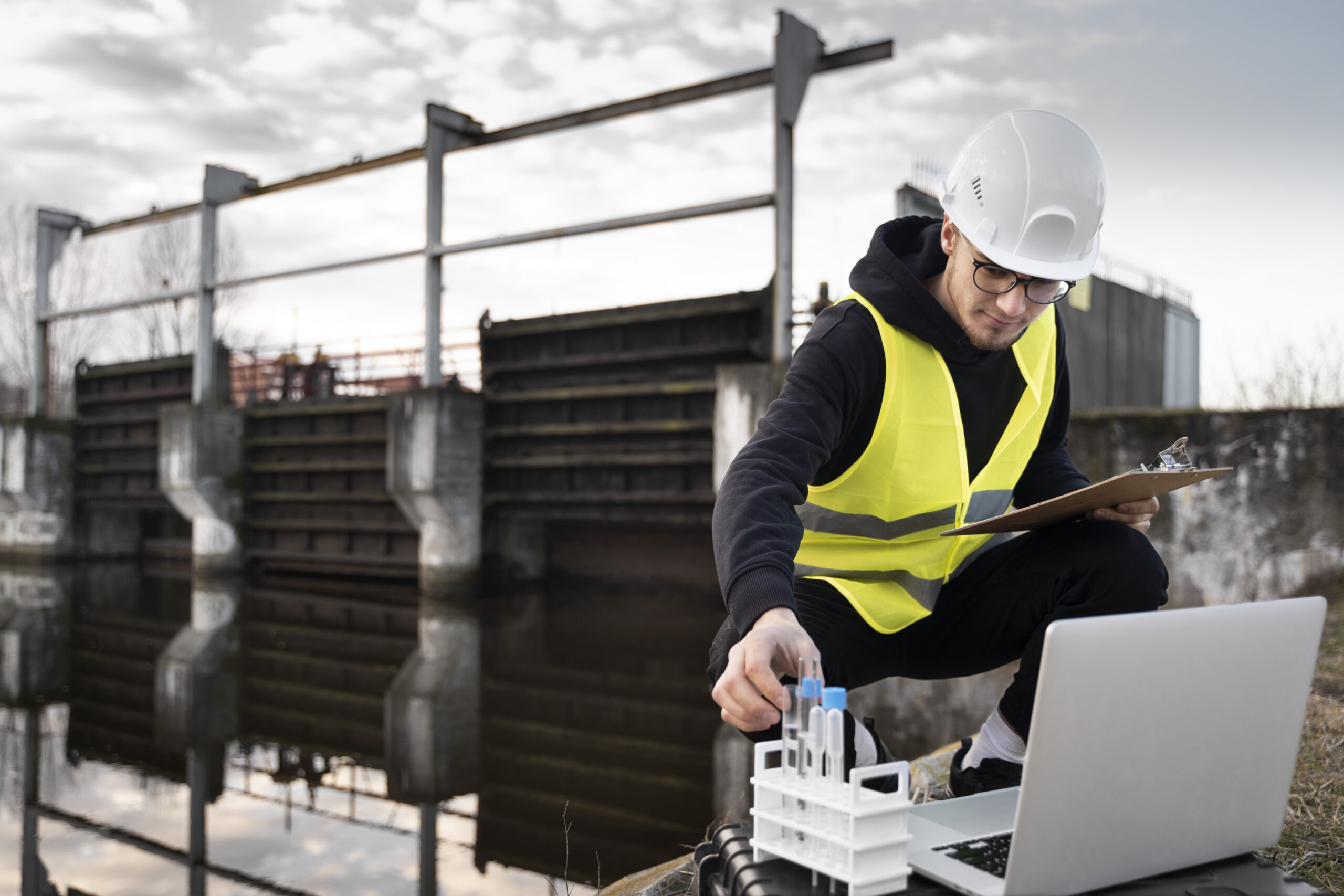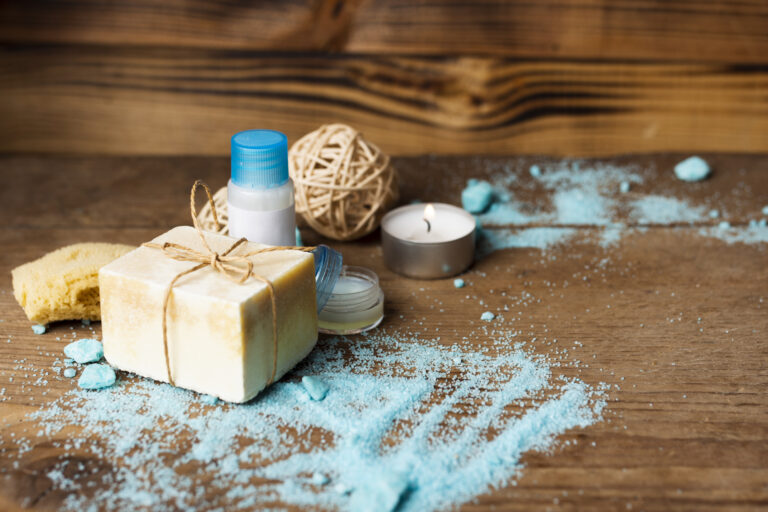In the world of sanitary processing, it’s easy to focus on the visible: gleaming stainless steel, certified components, and pristine clean rooms. But in reality, the success—or failure—of a system often lies in what you don’t see. Behind the walls, inside the joints, and along flow paths, small design decisions can create big vulnerabilities.
The Invisible Threat: Dead Legs and Biofilm
One of the most underestimated design flaws in sanitary systems is the presence of “dead legs”—sections of piping where fluid stagnates due to poor flow dynamics. These zones become perfect breeding grounds for biofilms, which can resist CIP (clean-in-place) systems and contaminate product batches long after installation.
Dead legs aren’t just about flow—they’re about geometry. The 3D orientation of fittings, tees, and valve placements can dictate whether product flows smoothly or sits idle. And while dead legs can be designed out, they often sneak in due to poor planning or retrofits.
Flow Matters More Than You Think
Tri-clamp fittings and precision valves aren’t just about ease of maintenance—they’re crucial to maintaining laminar flow and minimizing shear stress on sensitive products like dairy or biologics. A well-designed sanitary system manages pressure drops, velocity changes, and turbulence—all factors that can impact product integrity.
In pharmaceutical or biotech settings, turbulent flow can trap particles and cleaning agents, causing long-term reliability issues.
Material Science Is Your Silent Ally
It’s tempting to think of 316L stainless steel as the standard end-all. But different sanitary environments—such as citrus processing versus parenteral drugs—have wildly different corrosion profiles. Materials must be selected not just for structural strength, but also for chemical compatibility, thermal cycling, and cleanability.
The right gasket, for instance, can prevent micro-leaks that only show up after dozens of sterilization cycles. It’s not glamorous, but it’s critical.
Design for Verification, Not Just Operation
Modern sanitary systems increasingly include visual inspection tools like inline sight glasses, sanitary pressure gauges, and even integrated sensors for temperature and flow rate. Why? Because “clean enough” is no longer acceptable—verifiable cleanliness is the new standard.
The shift is clear: design not just for operations, but for audits, compliance, and traceability.
If you’re interested in exploring the technical side of sanitary processing—from weld integrity and orifice gaskets to flow control strategies and CIP optimization—check out this excellent sanitary stainless products blog. It’s a goldmine of insights for those who believe that true cleanliness starts with smarter engineering.




